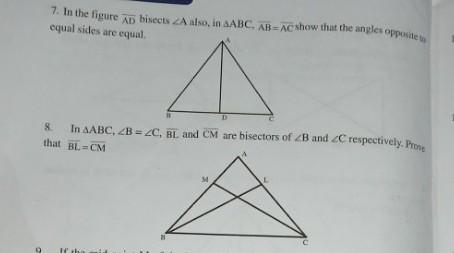c) 4x (2 × 5) = (4 × 2) × 5 2. Use properties to identify the missing numbers. a) 6×8= (6×4) + (6 ×_______) b) 9×2=__×9 c) 3 × (5 × 4) = (3 × 5) ׸ - d) 2 × (6 × 5) = (_______ × 6) × 5 e) 6×3=3×___ f) 3× = (3 × 5) + (3 × 8)
-
Subject:
Science -
Author:
quintinx4x9 -
Created:
1 year ago
Answers 2
If you know the answer add it here!
Choose a language and a region
How much to ban the user?
1 hour
1 day
100 years

